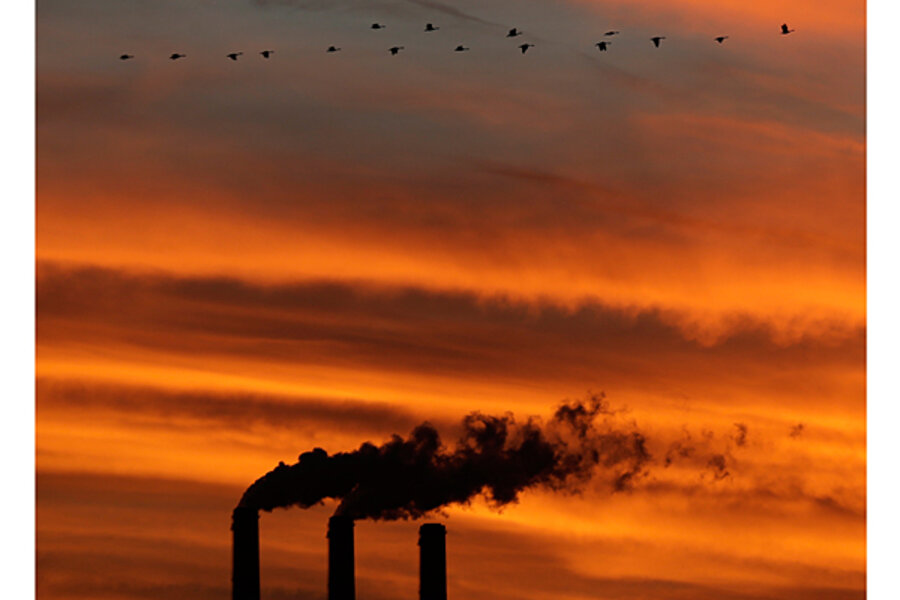Atmospheric carbon dioxide levels reach milestone
Loading...
| Washington
Worldwide levels of the chief greenhouse gas that causes global warming have hit a milestone, reaching an amount never before encountered by humans, federal scientists said Friday.
Carbon dioxide was measured at 400 parts per million at the oldest monitoring station in Hawaii which sets the global benchmark. The last time the worldwide carbon level was probably that high was about 2 million years ago, said Pieter Tans of the National Oceanic and Atmospheric Administration.
That was during the Pleistocene Era. "It was much warmer than it is today," Tans said. "There were forests in Greenland. Sea level was higher, between 10 and 20 meters (33 to 66 feet)."
Other scientists say it may have been 10 million years ago that Earth last encountered this level of carbon dioxide.
The measurement was recorded Thursday. The number 400 has been anticipated by climate scientists and environmental activists for years as a notable indicator, in part because it's a round number — not because any changes in man-made global warming happen by reaching it.
When measurements of this chief greenhouse gas were first taken in 1958, carbon dioxide was measured at 315. Levels are now growing about 2 parts per million per year. That's 100 times faster than at the end of the Ice Age.
Before the Industrial Revolution, carbon dioxide levels were around 280 ppm, and they were closer to 200 during the Ice Age. There are natural ups and downs of this greenhouse gas, which comes from volcanoes and decomposing plants and animals. But that's not what has driven current levels so high, Tans said. He said the amount should be even higher, but the world's oceans are absorbing quite a bit, keeping it out of the air.
"What we see today is 100 percent due to human activity," said Tans, a NOAA senior scientist. The burning of fossil fuels, such as coal for electricity and oil for gasoline, has caused the overwhelming bulk of the man-made increase in carbon in the air, scientists say.
At the end of the Ice Age it took 7,000 years for carbon dioxide levels to rise by 80 parts per million, Tans said. Because of burning of fossil fuels, such as oil and coal, carbon dioxide levels have gone up by the same amount in just 55 years.
Carbon dioxide traps heat just like in a greenhouse and most of it stays in the air for a century, some lasts for thousands of years scientists say.
The speed of the change is the big worry, said Pennsylvania State University climate scientist Michael Mann. If carbon dioxide levels go up 100 parts per million over thousands or millions of years, plants and animals can adapt. But that can't be done at the speed it is now happening.
Last year, regional monitors briefly hit 400 ppm in the Arctic. But those monitoring stations aren't seen as a world mark like the one at Mauna Loa, Hawaii.
Generally carbon levels peak in May then fall slightly, so the yearly average is usually a few parts per million lower than May levels.





